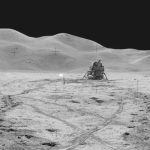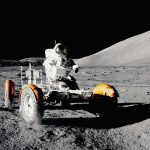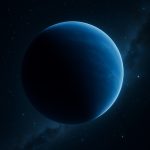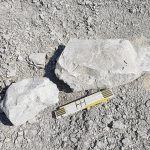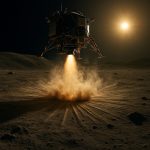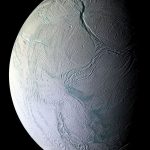The moon is useless, so let’s preserve it
I don’t think space or lunar tourism is going to be the big draw that transforms the moon into something unrecognizable.
Instead, I think it’s...
NASA’s moon rover tests got it wrong—blame Earth’s gravity
When NASA’s Mars rover Spirit got stuck in soft soil in 2009, engineers on Earth worked tirelessly to free it—trying different wheel movements and...
Mars glaciers have more water content than previously thought
While Mars may be a dessicated place where water no longer flows, the planet still has glaciers slowly moving across its surface.
Previously, it was...
Why could there still be something massive at the edge of the solar system
Is there a massive undiscovered planet on the outer reaches of the solar system? The idea has been around since before the discovery of...
Tiny space dust reveals secrets of Earth’s ancient atmosphere
Long before humans could measure carbon dioxide or study weather patterns, tiny bits of space rock were quietly recording Earth's atmospheric history.
Now, scientists have...
Cosmic rays could support life just under the ice
If you've ever dreamed of exploring space, you know there'll be some serious dangers. One of them is posed by cosmic rays.
These high-speed particles...
Mystery solved: Why moon landings leave strange dust patterns
Scientists have finally solved a long-standing mystery about the strange patterns of dust left behind by rockets landing on the moon.
These patterns, which appear...
How the universe’s first chemistry helped spark the first stars
Right after the Big Bang, about 13.8 billion years ago, the universe was a hot, dense sea of energy and particles.
But in just a...
James Webb Space Telescope reveals four distinct CO₂ types on Saturn’s Moons
What can carbon dioxide (CO₂) on Saturn’s moons teach scientists about their formation and evolution?
This is what a recent study submitted to The Planetary...
Dark, cold, and alive? Cosmic rays may power hidden life in Space
Life may not need sunlight to survive—not even on Mars or the icy moons of the outer solar system.
A new study from NYU Abu...

